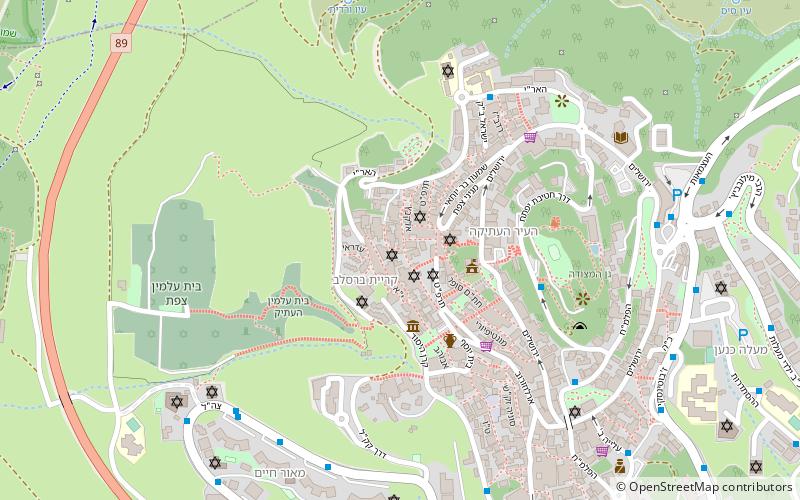Abuhav synagogue, Safed


Facts and practical information
Nestled in the mystical city of Safed, Israel, the Abuhav Synagogue stands as a beacon of spiritual heritage and architectural beauty. This historic synagogue is one of the oldest and most significant in the city, which is renowned for its ancient synagogues and as a center for Kabbalistic study.
The Abuhav Synagogue was named after the 15th-century Spanish rabbi and kabbalist, Isaac Abuhav, whose spirit and teachings are said to be eternally intertwined with the synagogue. According to tradition, the synagogue's design was inspired by a celestial vision, and the building itself was constructed in the 1490s, making it a testament to the endurance of Safed's Jewish community.
One of the most remarkable features of the Abuhav Synagogue is its magnificent Holy Ark, which houses Torah scrolls written by Rabbi Abuhav himself. These scrolls are considered to be of great spiritual and historical value. The interior of the synagogue is adorned with intricate decorations and symbols reflecting kabbalistic elements, and the blue-painted dome is a representation of the heavens, inviting contemplation and reverence.
The Abuhav Synagogue also boasts a unique layout, with three arched bays and a women's gallery, reflecting the architectural style of medieval Spanish synagogues. This layout is both functional and symbolic, contributing to the mystical atmosphere that permeates the space.
Visitors to the Abuhav Synagogue can immerse themselves in a site that is not only a place of worship but also a cultural and historical landmark. The synagogue is open to the public, offering a glimpse into the rich tapestry of Jewish history in Safed. It remains an active place of prayer, particularly on the Jewish Sabbath and holidays, when the local community and visitors come together in worship.
Abuhav synagogue – popular in the area (distance from the attraction)
Nearby attractions include: Tel Hazor, Domus Galilaeae, Mount Meron, Jish.











